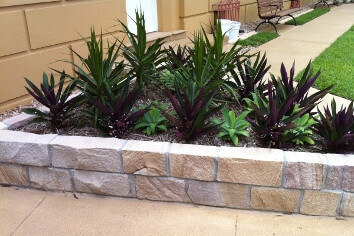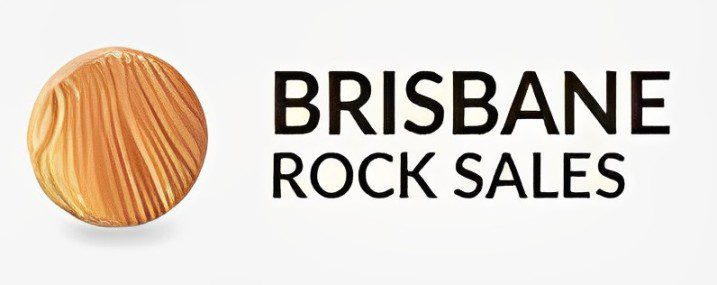While lawn edging is a functional addition that prevents grass from infiltrating your gardens, it is also essential to look good. Your yard is in excellent condition as a result of your efforts. But it never seems as good as the guy down the street with a perfectly finished kerbed edge on his lawn. Instead, their lawn is defined and framed by the stark contrast between the grass and the kerb. In comparison, while beautiful, your lawn ends and awkwardly blends into the garden without defining where one ends, and the other begins. But this does not have to be the case! There are numerous materials available to give your lawn “the edge”!
While lawn edging serves a functional purpose, preventing grass from entering garden beds and providing a surface to trim against for more accessible care, it is also vital to look good. Which materials best suit the job will depend on whether you want straight or curved edging. Here are some possibilities…

- Bricks
Bricks are a popular choice, often because some are left over from the construction of the house, but they are an excellent solid choice that will create a nice wide edge for separating your lawn from your garden beds.
- Concrete
Although prefabricated concrete edging is available, it can be restrictive if you need some flexibility with an irregularly shaped lawn. For example, landscapers and specialised concrete kerb installers can mix and use a concrete kerbing machine to lay the mould in the desired shape or angle. There are also various finishing options and colours available to suit your garden.
- Plastic
If the primary function of your edge is to keep your lawn from invading your garden beds, you’ll need to consider some type of edging that sits deep in the soil to keep your lawn’s roots from spreading. Plastic may appear a cost-effective option, but it can appear average and frequently works its way out of the ground as it expands due to sun exposure. It is most likely to work best as a divider because the plastic edge is almost entirely buried and thus less prone to deformation.
Metal (Aluminium And Aalvanised Steel)
Metal products are also an excellent lawn barrier option because they provide the necessary depth while giving your garden a more permanent and visually appealing appearance. The most recent flexible steel edging is the most robust and most versatile option; it handles gently sloping areas well and is far more DIY-friendly than before.
Sleepers Made Of Wood (Pine and Hardwood)
Pine or hardwood sleepers can add a nice natural look to your edging and work well for straight lines. Make certain that your product is made to last and will not rot or deteriorate quickly. The decision will be based on practicality, personal preference, and cost.
Speak with your local landscape yard or garden supply store; they will gladly provide advice to assist you in achieving the desired result. The proper garden edging, whether edgy or traditional, can add a fini3shing touch to your yard.
Garden edging can add visual appeal while serving a functional purpose by acting as a barrier to keep garden mulch from straying onto the lawn or paths and protecting plants from lawn edging tools and mowers. Stone, metal, treated wood or hardwood, cement, or bricks are common materials for edging.
For more details, you can dial 07 3339 1546 and speak to an expert at Brisbane Rock Sales, who can guide you more with ideas on the use of garden edging.
